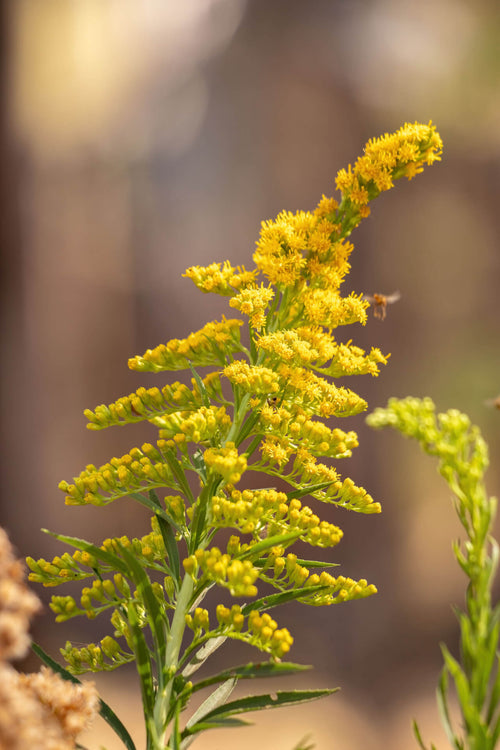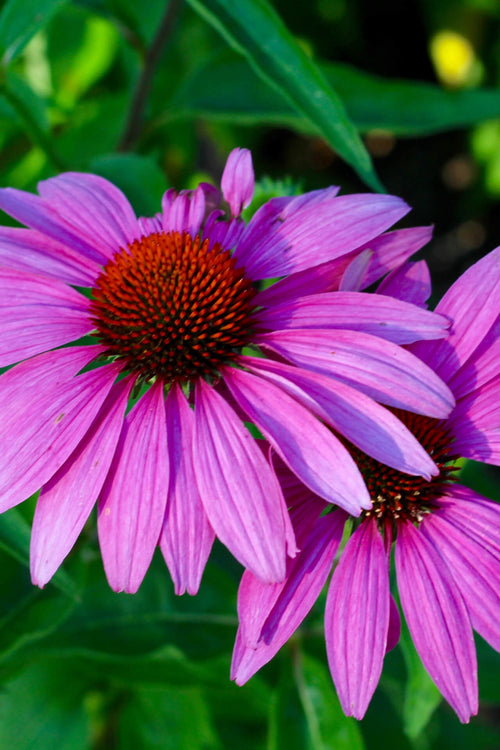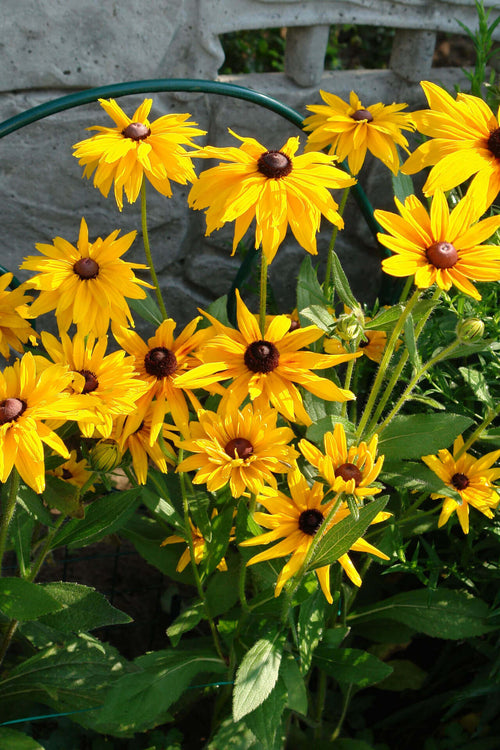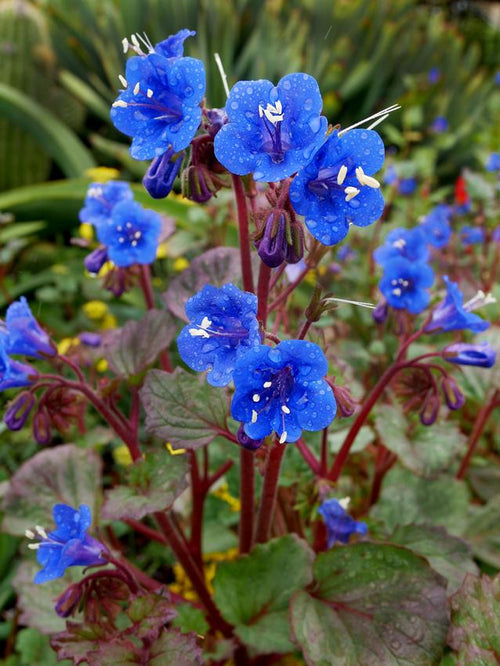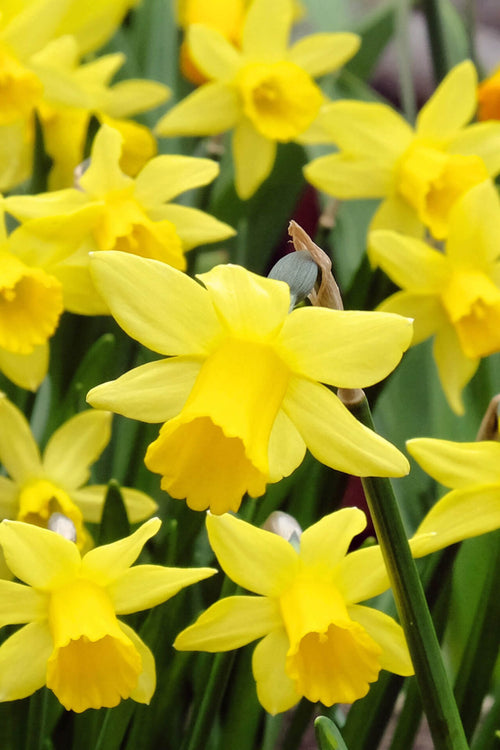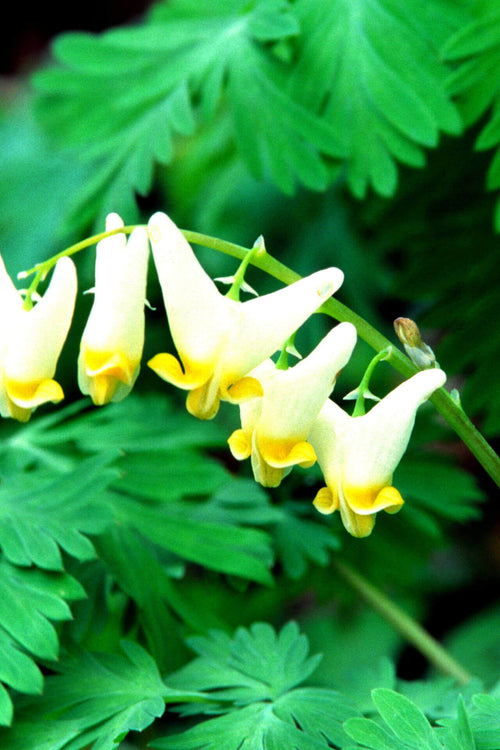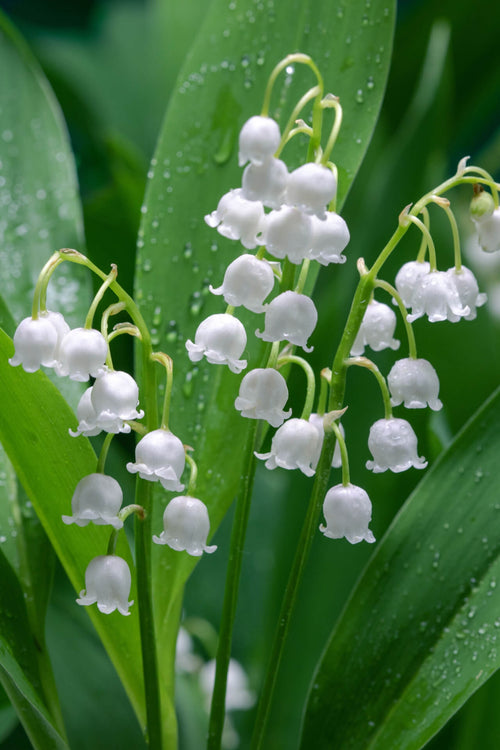Care and Maintenance Guide
Native outdoor perennials bring the beauty and resilience of the natural world into your indoor spaces. While they are accustomed to thriving in outdoor environments, with the proper care, many native perennials can be successfully grown indoors, allowing you to enjoy their beauty year-round.
This comprehensive guide will explore a selection of native outdoor perennials that can be grown indoors and provide detailed instructions on caring for them.
Selecting the right native perennials for indoor cultivation is crucial. Consider plants that naturally thrive in similar conditions to those found indoors.
Some popular options include:
Wild Bergamot (Monarda fistulosa)
Known for its attractive flowers and aromatic foliage, wild bergamot is a hardy choice that can adapt well to indoor conditions.
Columbine (Aquilegia spp.)
With its unique, spurred flowers, columbine adds a touch of elegance to indoor spaces. It prefers partial shade and well-draining soil.
Goldenrod (Solidago spp.)
This vibrant perennial brings a burst of golden-yellow color indoors. It requires plenty of sunlight and can tolerate dry conditions.
Purple Coneflower (Echinacea purpurea)
A classic choice, purple coneflower's daisy-like blooms can brighten up any indoor environment.
Black-Eyed Susan (Rudbeckia spp.)
These cheerful flowers with dark centers are relatively easy to grow indoors. They thrive with ample sunlight and moderate watering.
Successful indoor cultivation of native perennials involves replicating outdoor conditions to the best of your ability.
Step-by-Step Care Guide For Growing Perennials Indoors
1. Choosing the Right Location:
Select a bright spot near a window with adequate sunlight. South or west-facing windows are ideal, as they receive the most sunlight. Rotate the pots occasionally to ensure even light exposure and prevent uneven growth.
2. Soil and Pot Selection:
Use a well-draining potting mix that resembles the native soil of the chosen perennial's natural habitat. Select pots with drainage holes to prevent waterlogging, promoting healthy root growth.
3. Watering:
Watering needs vary among perennials, so research the specific requirements of each plant. Water thoroughly when the top inch of soil feels dry to the touch. Use a saucer beneath the pot to catch excess water, but ensure the pot is not constantly sitting in standing water.
4. Humidity:
Many indoor environments can be drier than outdoor habitats, especially during winter when heating systems are in use. Increase humidity levels by placing a water tray near the plants or using a room humidifier.
5. Temperature:
Native perennials often appreciate cooler nighttime temperatures, mimicking natural conditions. Keep the indoor temperature within the recommended range for each plant. Generally, most native perennials prefer temperatures between 60°F to 75°F.
6. Fertilization:
Fertilize sparingly, usually during the growing season (spring and summer). Native plants are often adapted to nutrient-poor soils and don't require excessive feeding. Use a balanced, water-soluble fertilizer around once a month at half the recommended strength.
7. Pruning and Deadheading:
Regularly remove dead or yellowing leaves to promote overall plant health. Deadhead spent flowers to encourage new blooms.
8. Pests and Diseases:
Keep a vigilant eye for common indoor plant pests like aphids, spider mites, and mealybugs. If problems are present, gently wash the plant with water and mild soap or use insecticidal soap. Prevent overwatering to avoid root rot and fungal diseases.
9. Repotting:
As plants grow, they might outgrow their pots. Repot them into slightly larger containers with fresh potting mix every 2-3 years, preferably in spring.
Bringing the beauty of native outdoor perennials indoors is a rewarding endeavor that requires attention to detail and a willingness to mimic the natural conditions in which these plants thrive. By selecting the right plants and providing adequate light, water, and care, you can grow and enjoy these stunning perennials year-round in your home. Remember that each plant is unique, so take the time to research and cater to the specific needs of your chosen native perennials. With patience and dedication, you'll create a vibrant indoor garden that celebrates the resilience and beauty of native plant species.
Why Grow Native Perennials Indoors
Bringing the wonders of nature indoors through the cultivation of native perennials offers a multitude of benefits that go beyond aesthetic appeal. Adapted to the local ecosystem, these resilient plants can thrive indoors, enriching your living space uniquely.
1. Connection to Nature:
Indoor native perennials link directly to the natural world, fostering a sense of tranquility and connection. Their presence can soothe the soul and reduce stress, creating a mini sanctuary within your home.
2. Environmental Conservation:
By growing native perennials indoors, you contribute to conserving local plant species and their ecosystems. Cultivating these plants helps preserve biodiversity and supports native pollinators that rely on them for sustenance.
3. Low Maintenance:
Native perennials are well-suited to indoor climate conditions, making them inherently low-maintenance choices for indoor cultivation. They often require less water, fertilizer, and intervention than exotic plants, reducing the ecological footprint of your indoor garden.
4. Adaptability:
Indoor native perennials are more likely to adapt successfully to your home environment due to their natural compatibility with local conditions. They are more resilient to temperature fluctuations and require less adjustment to indoor lighting.
5. Improved Air Quality:
Plants are natural air purifiers, and native perennials are no exception. They help filter toxins from the air, improving indoor air quality.
6. Education and Awareness:
Growing native perennials indoors can serve as an educational tool, helping you and your loved ones learn about local flora and its importance. This knowledge can contribute to a greater understanding of environmental issues and the need for native plant conservation.
7. Year-Round Beauty:
Indoor native perennials allow you to enjoy the beauty of these plants throughout the year, regardless of the weather outside. Their blooms, foliage, and even seedpods can provide visual interest and natural decoration to your indoor spaces.
8. Personalized Design:
Incorporating native perennials into your indoor decor offers a chance to create a unique and personal space. You can choose plants that resonate with you culturally, aesthetically, or symbolically, adding a deeper layer of meaning to your indoor garden.
9. Sustainable Gardening:
Cultivating native perennials indoors aligns with sustainable gardening practices. Opting for plants that naturally thrive in your region reduces the need for excessive resources, such as water and fertilizers, while promoting a healthier ecosystem.
10. Joy of Nurturing:
Caring for plants brings a sense of accomplishment and joy. Watching your indoor native perennials grow and flourish under your care can provide a rewarding and fulfilling experience.
Growing native perennials indoors offers a harmonious blend of natural beauty, environmental consciousness, and personal well-being. These plants not only enhance the aesthetics of your indoor space but also contribute to broader ecological efforts. By embracing the benefits of indoor native gardening, you create a positive impact that extends far beyond the walls of your home.
Other popular perennial flowers:
California Bluebell
Daffodil
Dutchman's Breeches
Lily Of The Valley
Shop Our Perennials
Visit our online shop for a wide selection of plants and trees, or come say hi at our store location in Tennessee!
We offer fast shipping nationwide so you can start transforming your garden today!
If you have any questions about native indoor perennials or if you have any other plant needs, don’t hesitate to contact us at customerservice@tennesseewholesalenursery.com, we’d love to hear from you!

